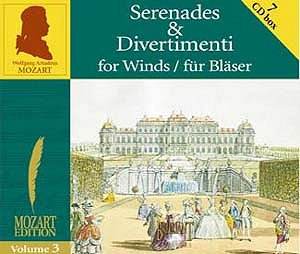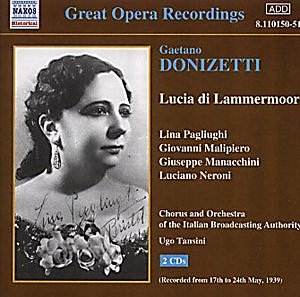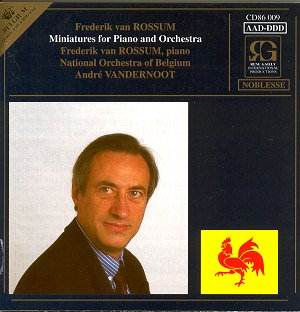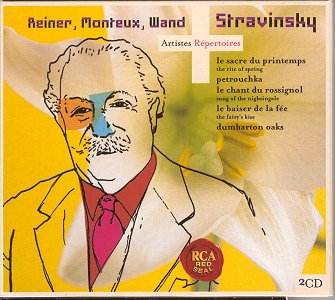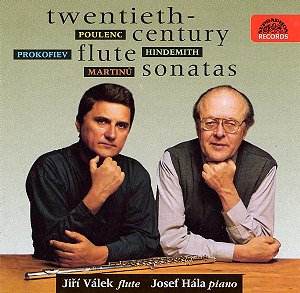 Composer: Francis Poulenc (1899-1963), Paul Hindemith (1895-1963), Sergey Prokofiev (1891-1953), Bohuslav Martinů (1890-1959)
Composer: Francis Poulenc (1899-1963), Paul Hindemith (1895-1963), Sergey Prokofiev (1891-1953), Bohuslav Martinů (1890-1959)
Works: Sonata for Flute and Piano, Sonata for Flute and Piano, Sonata for Flute and Piano Op. 94, Sonata for Flute and Piano H306
Performers: Jiri Valek, flute; Josef Hala, piano
Recording: April 1978, Dvorak Hall, Rudolfinum, Prague; Martinů recorded January and February 1989
Label: SUPRAPHON
The collection of flute sonatas presented here is a remarkable survey of 20th-century repertoire, featuring four seminal works that reflect the diverse compositional styles and socio-political contexts of their time. Each sonata, while distinct in voice and character, encapsulates the evolving language of the flute, a versatile instrument that has long been a tool for expressive nuance and technical brilliance. Jiri Valek, an accomplished flautist known for his adventurous explorations of both classical and contemporary music, delivers these performances with a keen understanding of the composers’ intentions and an admirable technical skill.
Valek’s interpretation of Poulenc’s Sonata for Flute and Piano demonstrates an acute sensitivity to the work’s stylistic duality—its playful lyricism juxtaposed with moments of introspection. The first movement unfolds with a limpid grace, where Valek deftly navigates the melodic lines, allowing for moments of weightlessness that capture the essence of Poulenc’s late style. Notably, at 2’20” in the first movement, Hala’s assertive chordal support reinforces the dialogue between the flute and piano, contributing to a rich tapestry of sound. The slow movement is particularly striking; Valek’s phrasing is elastic, evoking a sense of nostalgia that is both poignant and engaging. The finale, with its rhythmic mutations, showcases the duo’s affectionate interplay, culminating in a vibrant conclusion.
Hindemith’s Sonata offers a different aesthetic, characterized by its neo-classical influences and lyrical depth. Valek articulates the rapid passages with precision, and his clean execution in the finale—replete with witty, march-like motifs—illustrates the flautist’s technical command. The slow movement stands out for its gravity, allowing Valek to invest the melodic line with an emotional weight that resonates deeply, contrasting sharply with the work’s otherwise buoyant character.
Prokofiev’s Sonata for Flute and Piano, a work often overshadowed by its violin counterpart, receives a compelling interpretation here. Written during the tumultuous period of World War II, the sonata presents a dichotomy of grace and wit. Hala’s playing shines particularly in the Scherzo, where his dynamic control enhances the humor embedded in Prokofiev’s writing. Valek’s exuberance in the finale is infectious, though the balance occasionally favors the piano, marginally obscuring the flute’s voice. This aspect, however, does not detract significantly from the overall impact of the performance.
The recording of Martinů’s Sonata, created shortly after he completed his Fourth Symphony, is a highlight of the disc. The composer’s unique blend of lyrical and rhythmic vitality is beautifully captured. Valek’s interpretation of the opening movement reflects Martinů’s orchestral roots, while the Adagio features a breathtaking descent in melody that is both haunting and serene. The finale, alive with rhythmic energy, brings the program to an exhilarating close, showcasing the exceptional synergy between Valek and Hala.
The engineering quality of this recording, spanning from 1978 and 1989, exhibits a noticeable progression in sound clarity and balance. While the earlier tracks may show some signs of their vintage, the overall auditory experience remains rich and engaging. The engineering captures the nuances of both instruments, allowing the listener to appreciate the interplay between flute and piano fully.
This collection stands as a significant contribution to the flute repertoire, offering not only a showcase of technical prowess but also a deep exploration of musical expression across a transformative period in classical music. Valek and Hala have crafted a compelling dialogue through these sonatas, inviting listeners to explore the intricate relationship between the flute and piano in the context of 20th-century composition. With its blend of lyricism, wit, and emotional depth, this disc is a rewarding experience for both seasoned connoisseurs and newcomers alike.
